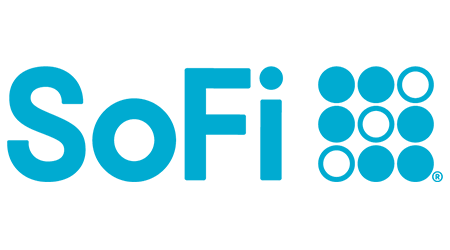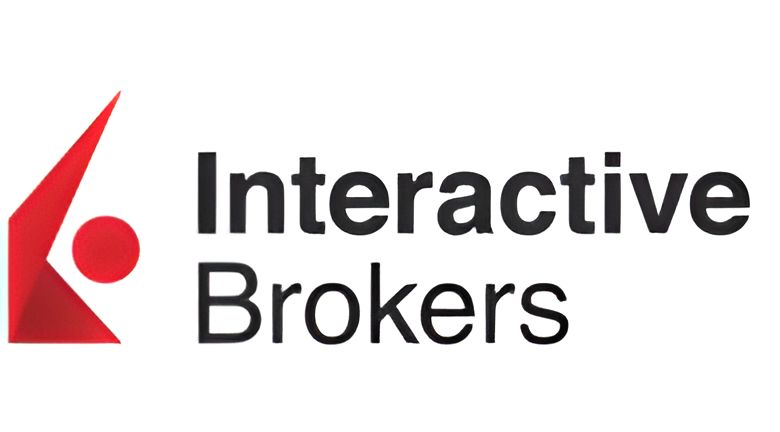
- Trade stocks, options, ETFs, mutual funds, alternative asset funds
- $0 commission on stocks, ETFs and options with no options contract fees
- Get up to $1,000 in stock when you open and fund a new account within 30 days
- Access to a financial planner
With so many options in the market right now, we’ve narrowed it down to our top selection and laid out the most important features for you to compare.



The Finder Score crunches 147 key metrics we collected directly from 18+ brokers and assessed each provider’s performance based on nine different categories, weighing each metric based on the expertise and insights of Finder’s investment experts. We then scored and ranked each provider to determine the best brokerage accounts.
We update our best picks as products change, disappear or emerge in the market. We also regularly review and revise our selections to ensure our best provider lists reflect the most competitive available.
Brokers, banks and other financial services companies follow a regulatory process known as Know Your Client (KYC), which is a process to verify the identity and other credentials of customers. When you’re applying for a brokerage account, you’re taking part in the KYC process.
Opening an account with an online trading platform is painless and usually takes just a few minutes. While the exact format will vary from broker to broker it must adhere to KYC standards: provide personal information to verify your identity and answer a handful of questions about your investing experience and goals.
Personal information you can expect to provide include:
Most brokers use an automatic KYC process, which means your application will often be approved instantly or within a few minutes. Occasionally, a broker may need some time to verify your information. If they can’t, they may ask you to submit proof of ID to verify you are who you say you are.
While you can open an account with most brokers without a minimum deposit, you can’t trade until you have sufficient funds in your account to cover the cost of the transaction.
One of the easiest ways to do this is to link your bank account and transfer funds electronically via the Automated Clearing House (ACH) network. ACH transfers take between one to three business days to complete, but some brokers offer a feature called instant deposits, which allow you to trade before the funds have settled.
Other funding methods include wire transfer, check deposit and account transfers from other brokerage accounts. Credit cards are typically not permitted as a brokerage account funding method.
A good place to start is with an industry that interests you and then explore the different companies in that space. Identify key players and young companies with potential for growth but also figure out which companies are falling, or have fallen, out of favor. If you want to follow a Warren Buffett saying, “never invest in a business you cannot understand.”
Tools like stock screeners can help you narrow down stocks by sector, industry, price range and more. Search for companies by name or ticker symbol, and if you’re on the fence about a purchase, add the stock to your watchlist to keep an eye on its performance. Analyst research reports can give you valuable insight into companies and guidance as to whether a particular company is a good investment.
With a stock in mind and funding in place, it’s almost time to invest. But before you buy any shares, you should know how much money you want to invest in any particular stock.
Consider your budget, investment goals and your overall portfolio allocation. With the advent of fractional shares, you no longer need the entire share price to invest. Fractional share trading lets you invest specific dollar amounts in a stock instead of having to buy whole shares. Though not every broker offers this feature.
We dug through 60 years of Berkshire Hathaway annual shareholder letters to bring you 9 lessons from Warren Buffett: “The Oracle of Omaha.”
Our picks of the best brokerage accounts for index funds for beginners, teens, proprietary funds and more.
Cash sweep accounts let you earn interest on your uninvested cash. Learn how they work and how to choose the best one here.
eToro is a robust trading platform with an easy-to-use interface and no commissions on stocks and ETFs.
Check out our picks of the best trading apps for beginners, options traders, hands-off investors and more.
Thinking of switching from Moomoo? Here are 5 apps like Moomoo that offer valuable benefits
We’ve rounded up stats on some of the most popular graphene stocks, along with information on how they compare and how to invest.
See our picks of the best brokerage accounts, including Fidelity, SoFi, Charles Schwab, Public, Robinhood and E*TRADE .
Webull is a broker with zero-commission trading and a suite of tools to help you invest.
Here’s what you need to know about how to buy and sell stocks online in this easy to follow, step-by-step guide.